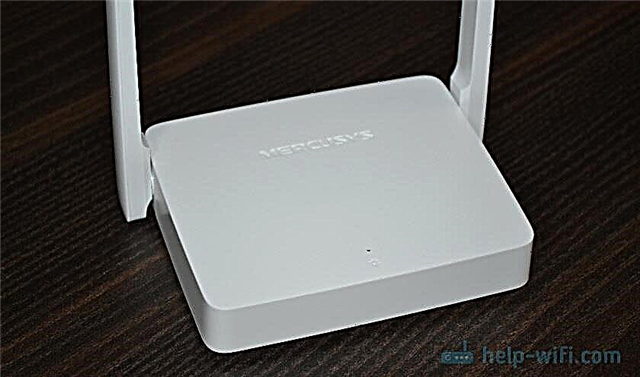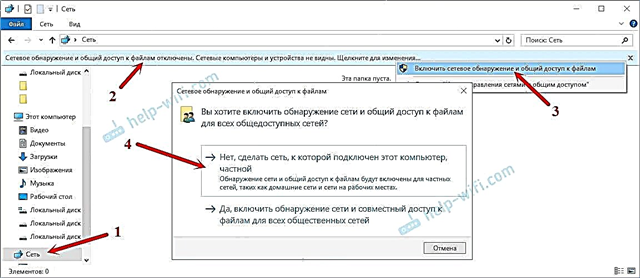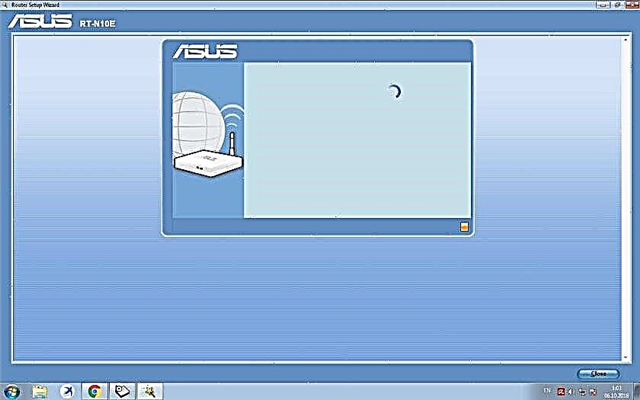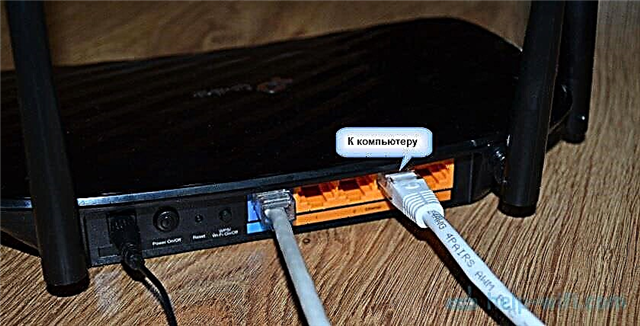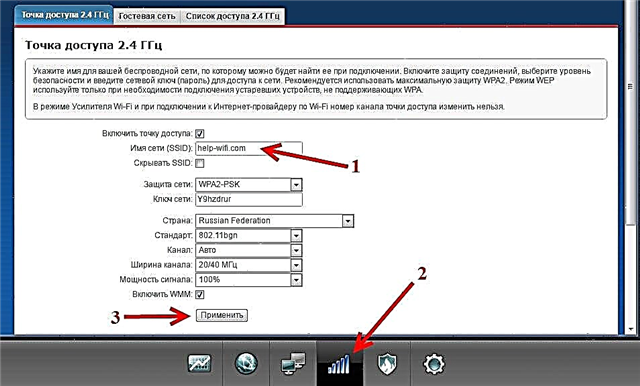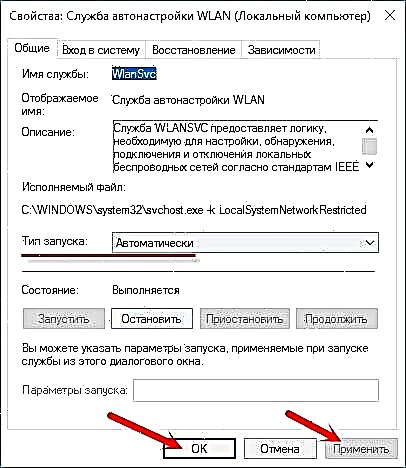Almost all routers or modems have indicators. Most often they are simply called light bulbs. Their task is to inform us about the status of the router, the connection of devices and the operation of certain functions. By the state of the indicators, we can immediately determine whether the router is distributing Wi-Fi, whether it is connected to the Internet, whether the LAN connection is active, etc. You can also determine if the router is malfunctioning by the indicators. In this article, we will deal with indicators on TP-Link routers.
On almost all TP-Link routers, the indicators work the same. But there are slight changes on the new models. They may light up in a different color (for certain errors), there is no gear indicator (system, SYS), and there may be two Wi-Fi indicators (separately for the 2.4 GHz and 5 GHz bands).
Many people are interested in the question of how the lights on TP-Link routers should light up or flash during normal operation of the device. What does each indicator mean and what to do if, for example, only the Power indicator is on, all the lights are on, or the Wi-Fi icon is not active.
First you need to figure out what's what.
What do the LEDs on my TP-Link router mean?
I think it would be correct to consider two TP-Link routers. I already wrote above that there are some changes in the new models.
And so, first, let's look at the indicators using the example of the popular TP-Link TL-WR740N model.

What are they responsible for and how they should work:
- Power indicator. When the router is powered on, it is on. Disabled - off.
- This is a system indicator (SYS). It has three modes: off - a system error, on - the router is loading, or a system error, blinking - everything is fine, it should be so.
- Wireless LAN activity indicator. And if it is off, it means that the Wi-Fi network is disabled by the button on the router, or in the settings.
- LAN ports. Off - means nothing is connected to the port, on - a device is connected, but not active, blinking - data transfer is in progress.
- Internet connection (WAN) indicator. The indication is the same as in the case of LAN. On some models, it may glow orange when there is no (or not configured) internet connection.
- WPS. Blinking slowly - the device is being connected via WPS. Blinking fast - the device failed to connect, timed out. Off - the function is inactive. On - when the router is booting up and 5 minutes after the device is successfully connected.
And on the example of a newer router, TL-WR942N.

I will not redescribe all indicators. Let's consider just some of the changes.
- If you have two Wi-Fi indicators on your TP-Link router, then they are responsible for indicating the operation of the wireless network in different ranges: 2.4 GHz and 5 GHz.
- There may be one LAN icon. It is active if at least one device is connected via a cable.
- Routers with a USB port have a corresponding indicator (at number 6 in the picture above). Off - when nothing is connected via USB, blinking - when a device is being detected, on - when a device is being detected.
- The WAN indicator (Internet, in the form of a globe) is orange (red) when the cable to the router is connected to the WAN port, but there is no Internet connection. The router cannot connect to the ISP. As practice shows, most often because of the settings. This is a very popular problem, I'll tell you about it later in the article.
Let's consider three main problemsmost often encountered by users of these routers, and identify them by the light bulbs on the device.
Orange or red WAN (Internet) indicator
This is not a broken router, or anything else. The orange internet indicator on the TP-Link router means that the cable is connected to the WAN port, but there is no internet connection. That is, the router cannot establish a connection with the ISP.

And if the Internet works when the cable is directly connected to the computer, then in most cases it is necessary to correctly configure the router. Specify the type of connection and set all the parameters that the Internet provider should give you. You may also need to clone the MAC address.
On this topic, I wrote a separate article: why on a TP-Link router the Internet indicator (WAN) is orange.
Why is the Wi-Fi icon (light bulb) off on my TP-Link router?
There are also such cases. During normal operation (when at least one device is connected and data is being exchanged), the wireless indicator should blink. If it does not light up at all, it means that the router is not broadcasting the wireless network.

Try rebooting your router first. If it doesn't help, then check the Wi-Fi (Wireless) On / Off button, which is on many models. It must be pressed and held for 3 seconds.

If the Wi-Fi indicator does not light up, then go to the settings, and in the "Wireless mode" section, check if the wireless network broadcast is enabled. If this does not help, or in the settings there is a message that to turn it on, use the switch on the device case (and it is definitely on), then you will have to reset the settings. And if the reset does not help, then you will have to take the router for repair, or under warranty.
Read more in the article: TP-Link: Wi-Fi not working. The router does not distribute the Wi-Fi network.
Only the power indicator is on, or all lights are on / blinking
It happens that the indicators behave strangely, for example, only the Power light is on, even after a while after switching on.

Or, after turning on the TP-Link router, all lights are on and not off. And it also happens that all the lights flash at the same time (this is the recovery mode).

Most likely, this is a software failure, or a hardware failure of the router.
First of all, do a factory reset.
You can try to restore the firmware. Especially if this problem appeared during the firmware update process. Perhaps something went wrong, or you "uploaded" the wrong firmware to the router.
If the problem persists, the router does not turn on, does not load, then nothing remains but to contact the service center. It is possible under warranty. And if the router is not expensive, and even old, then it is better to buy a new one.


